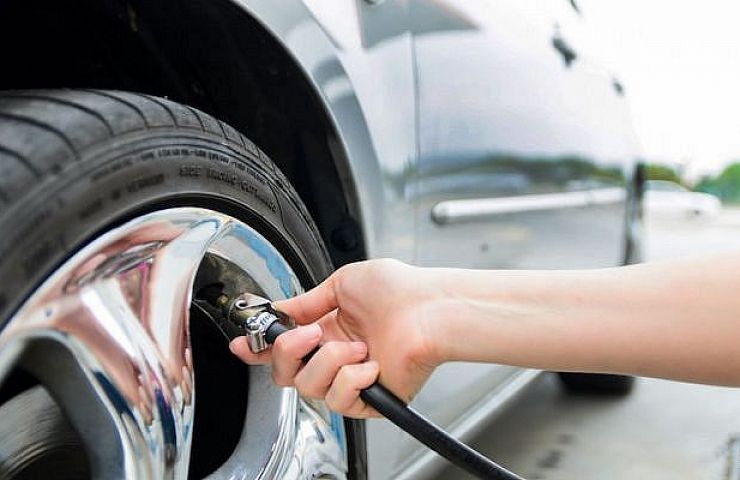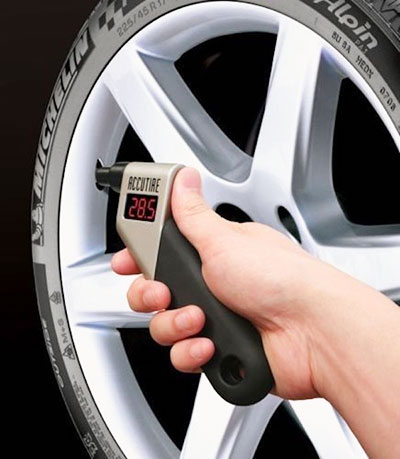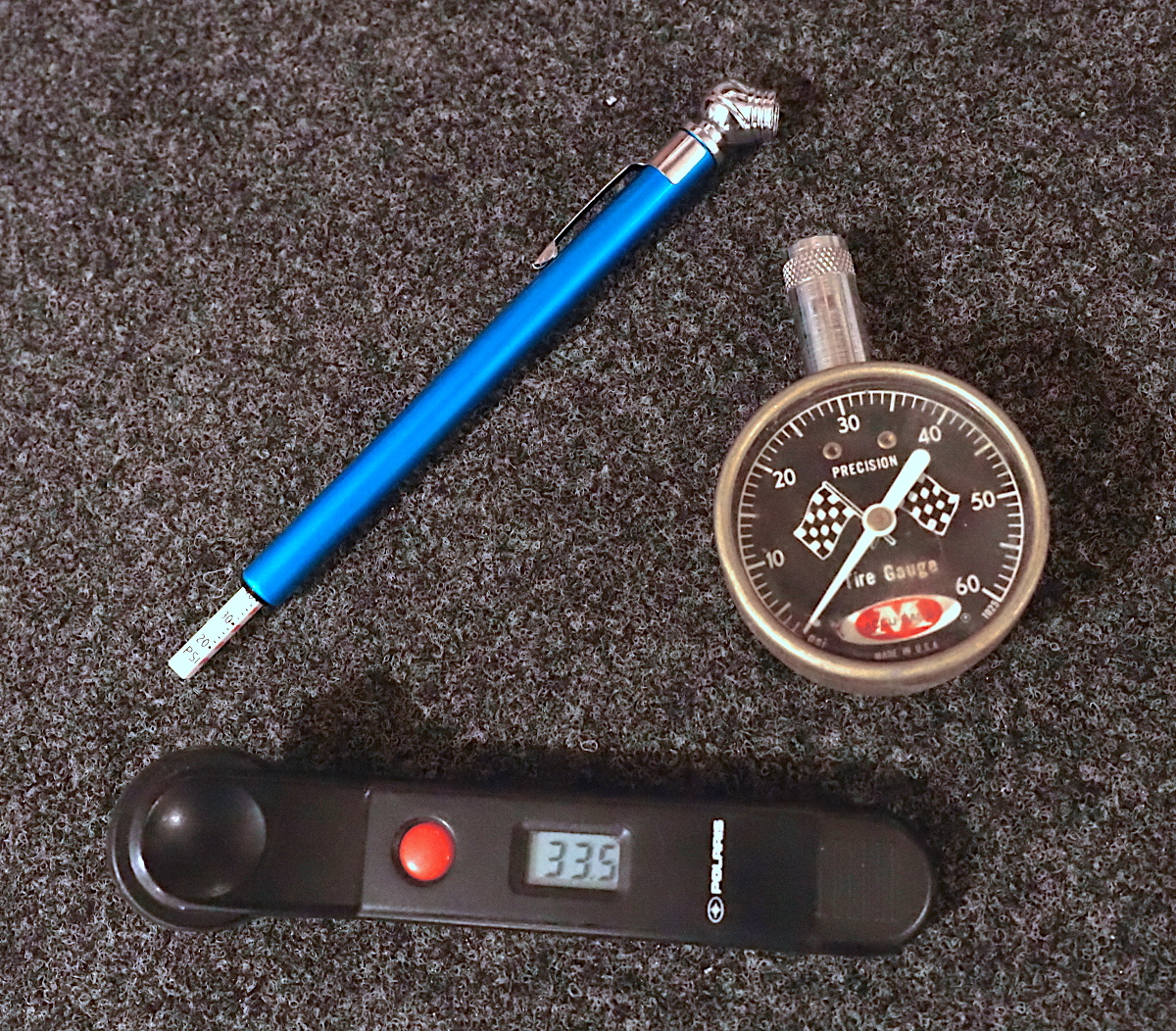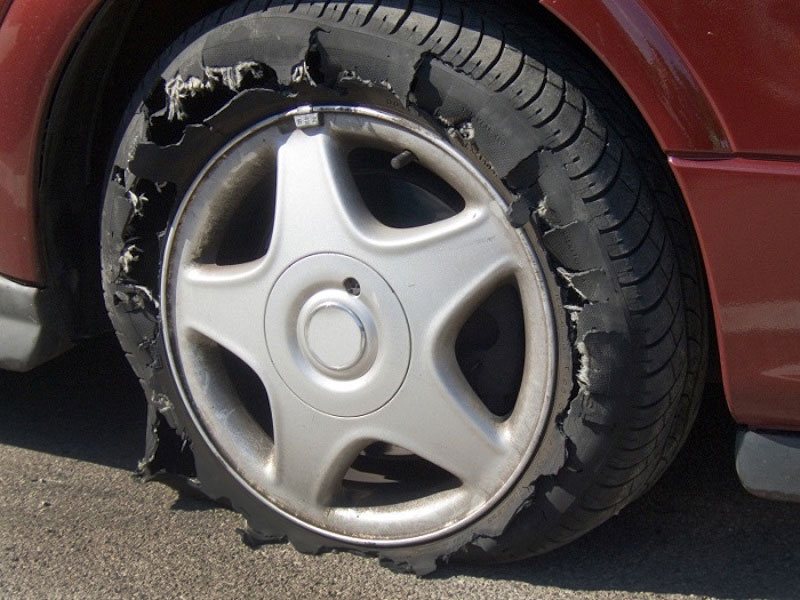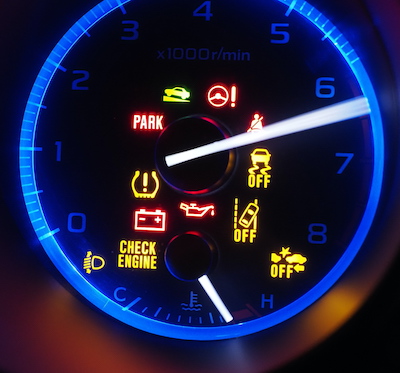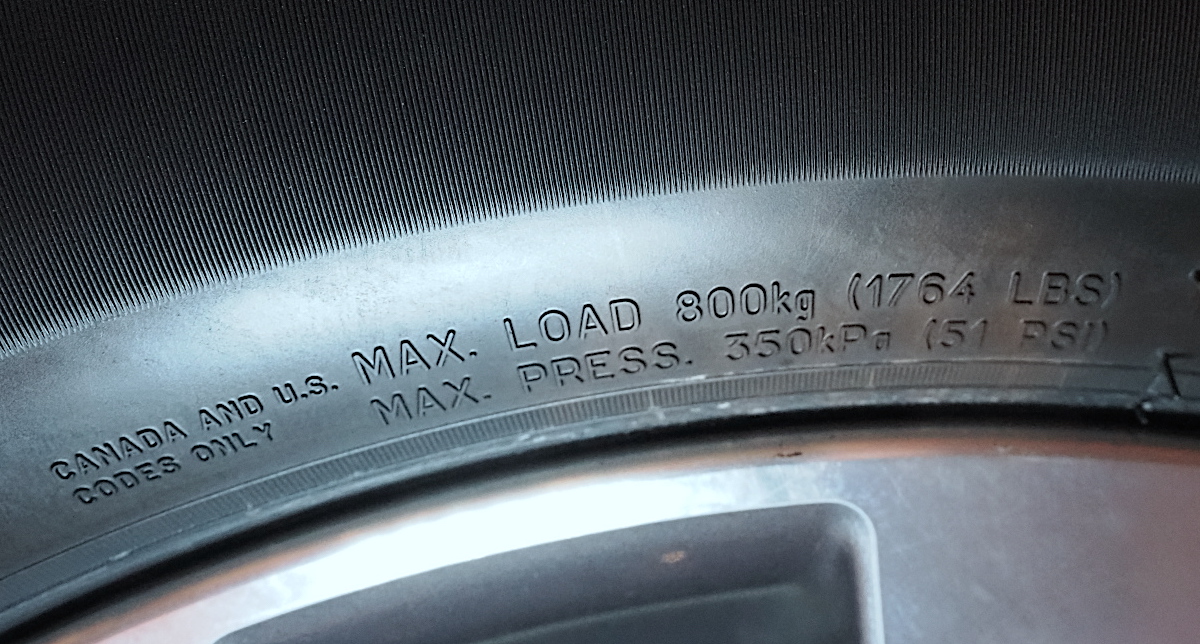Contents
Properly inflated tires make your vehicle safer and more fuel efficient. Yet, according to the National Highway Traffic Safety Administration, only 19 percent of consumers properly inflate their tires.
Here are a few tire-pressure tips that should become a routine part of vehicle ownership.
- Check your tires at least once a month, and before long road trips. While checking them, inspect sidewalls and rims for damage.
- Remember to check your spare if you have one.
- It’s best to check air pressure when the tires are uniformly cool, preferably before the first drive of the day, or at least three hours after your last drive.
- Check the tire inflation guide sticker found in the door jambs, fuel filler door, or your owner’s manual. Inflation specifications are commonly listed as pounds per square inch (psi).
- Checking your vehicle’s tire air pressure is easy. A high-quality tire gauge is essential. Insert the gauge into the valve stem of your tire. If using a pencil-style tire gauge, the indicator will pop out of the bottom and show the measured psi. Digital gauges give a visual reading.
What Is the Recommended Tire Pressure?
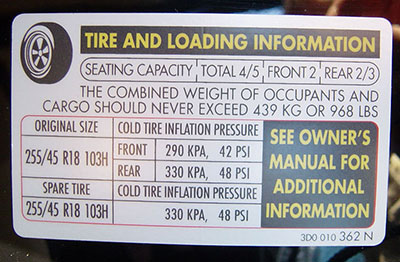
How Do You Adjust Tire Pressure?
If the reading is too high, use the tire pressure gauge to let out some air until you match the recommended pressure. If the reading is too low, add air until it reaches the proper inflation.
Small electric tire inflators make it easy to adjust tire pressure. Some use rechargeable batteries, while others plug into your vehicle’s 12-volt outlet. To increase the air pressure:
- Unscrew the tire valve cap, and attach the air compressor’s hose to the valve stem.
- Turn on the compressor and keep an eye on the pressure display.
- When the display reaches the proper pressure, turn off the car tire inflator, unhook the hose, and replace the valve cap.
What Happens If You Drive on Underinflated Tires?
An underinflated tire is dangerous. Sidewalls can overheat, causing tread separation and potential tire failure. If this happens at speed, you might lose control of the vehicle. Wet conditions are especially problematic. Thousands of accidents and over 600 deaths occur annually because of underinflated tires.
In addition to safety risks, an underinflated tire has a higher rolling resistance. As a result, the vehicle works harder, resulting in lower fuel economy and higher operating costs. Moreover, an underinflated tire wears out faster and unevenly.
Don’t Rely Exclusively on Your Vehicle’s TPMS
Since 2007, all new vehicles in the US have been required to use tire pressure monitoring systems (TPMS) that warn drivers about underinflated tires.
These systems warn drivers about severely underinflated tires—25 percent below the recommended psi. They can detect if your tire picks up a nail and starts to deflate quickly. But they are not a substitute for regular air-pressure checks.
Should Tires Be Filled to Max PSI?
Don’t fill your tires to the maximum psi shown on the tire sidewall. Instead, always use the vehicle manufacturer’s recommendation. If you fill your tires to the max pressure in the morning, the tires could exceed that pressure when they warm up.
Keeping an air pressure gauge in your glove box is an inexpensive way to ensure your vehicle’s tires operate at peak efficiency—and that you and your passengers are safe.

